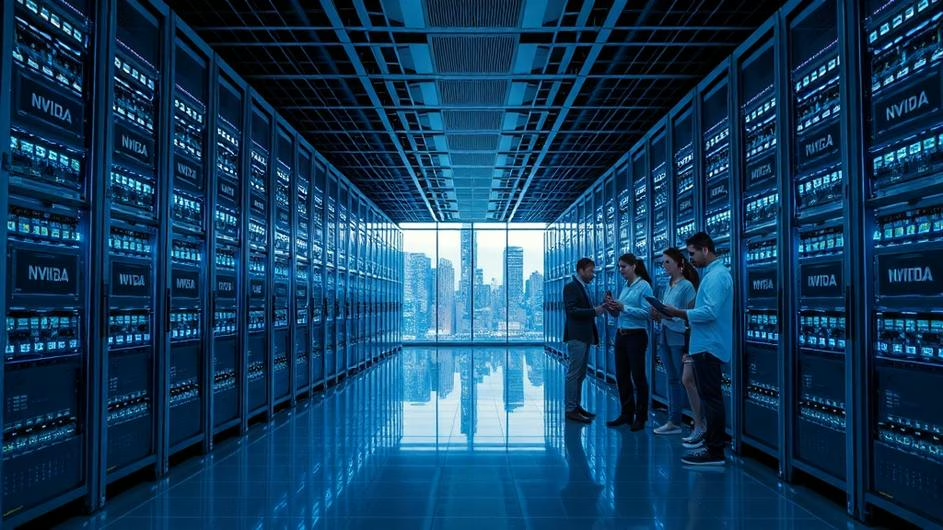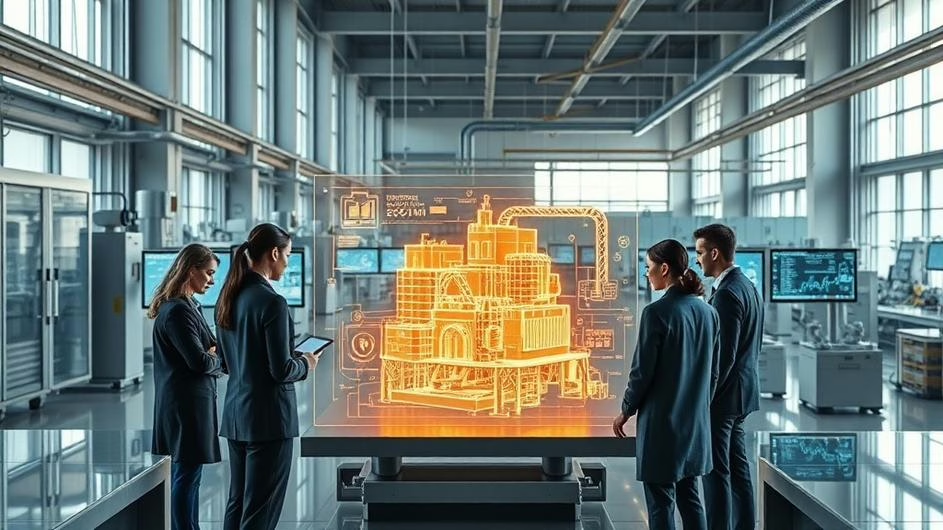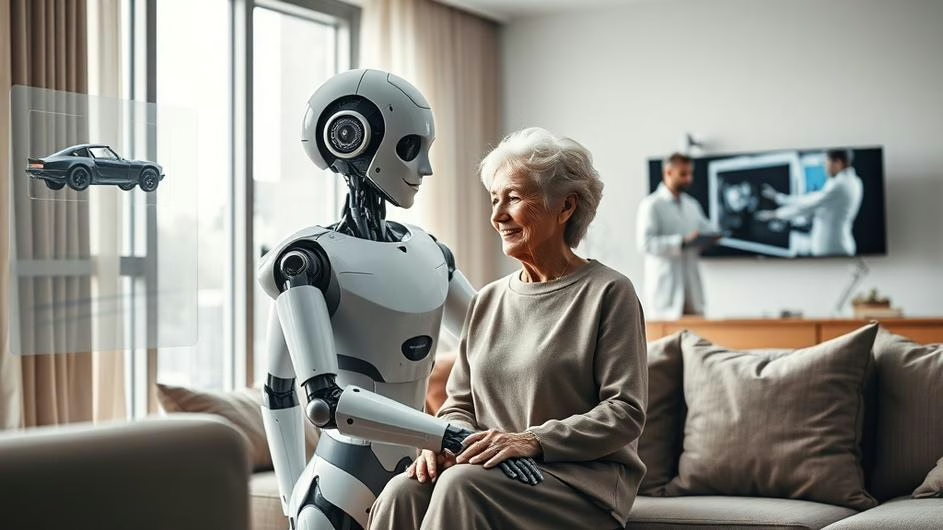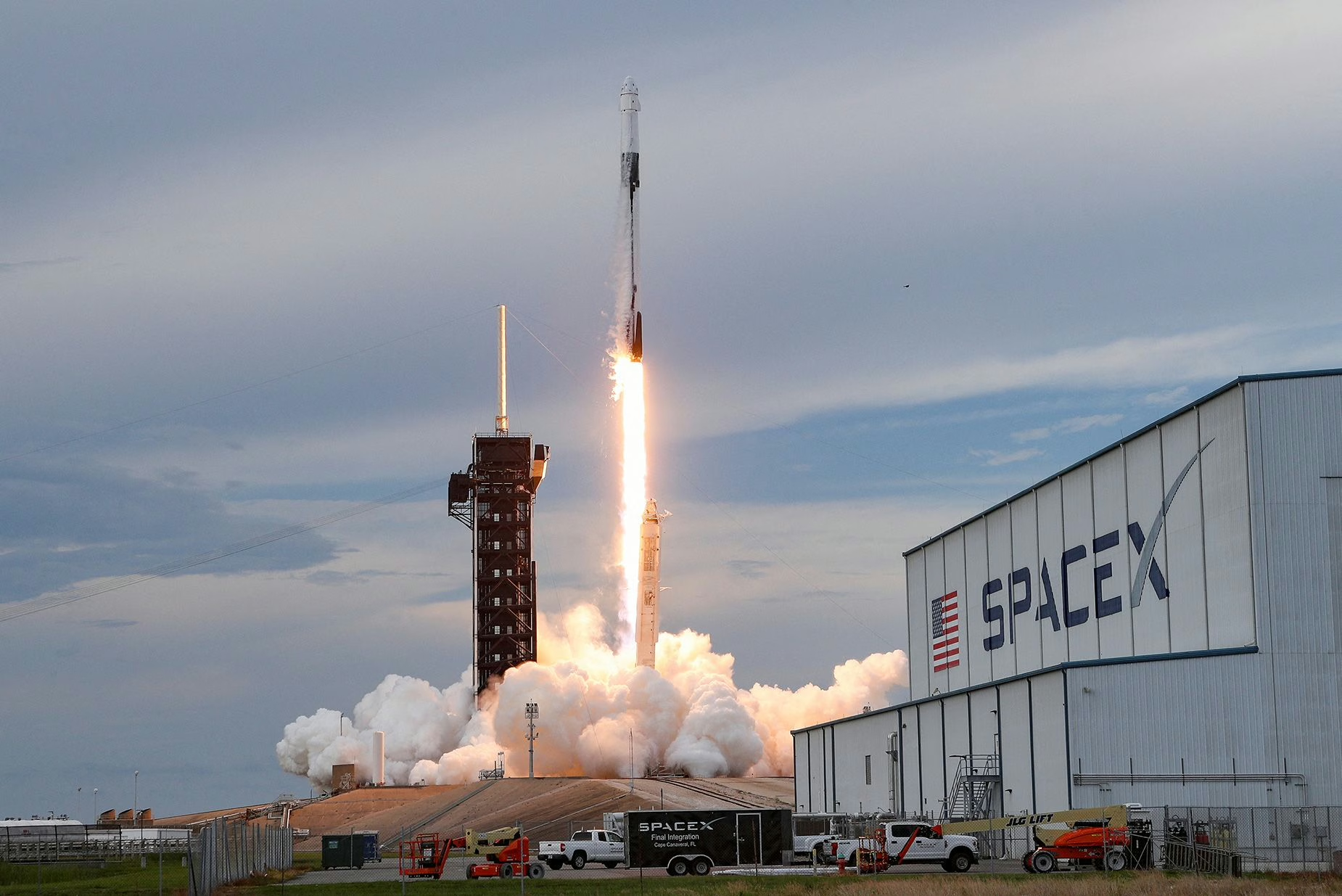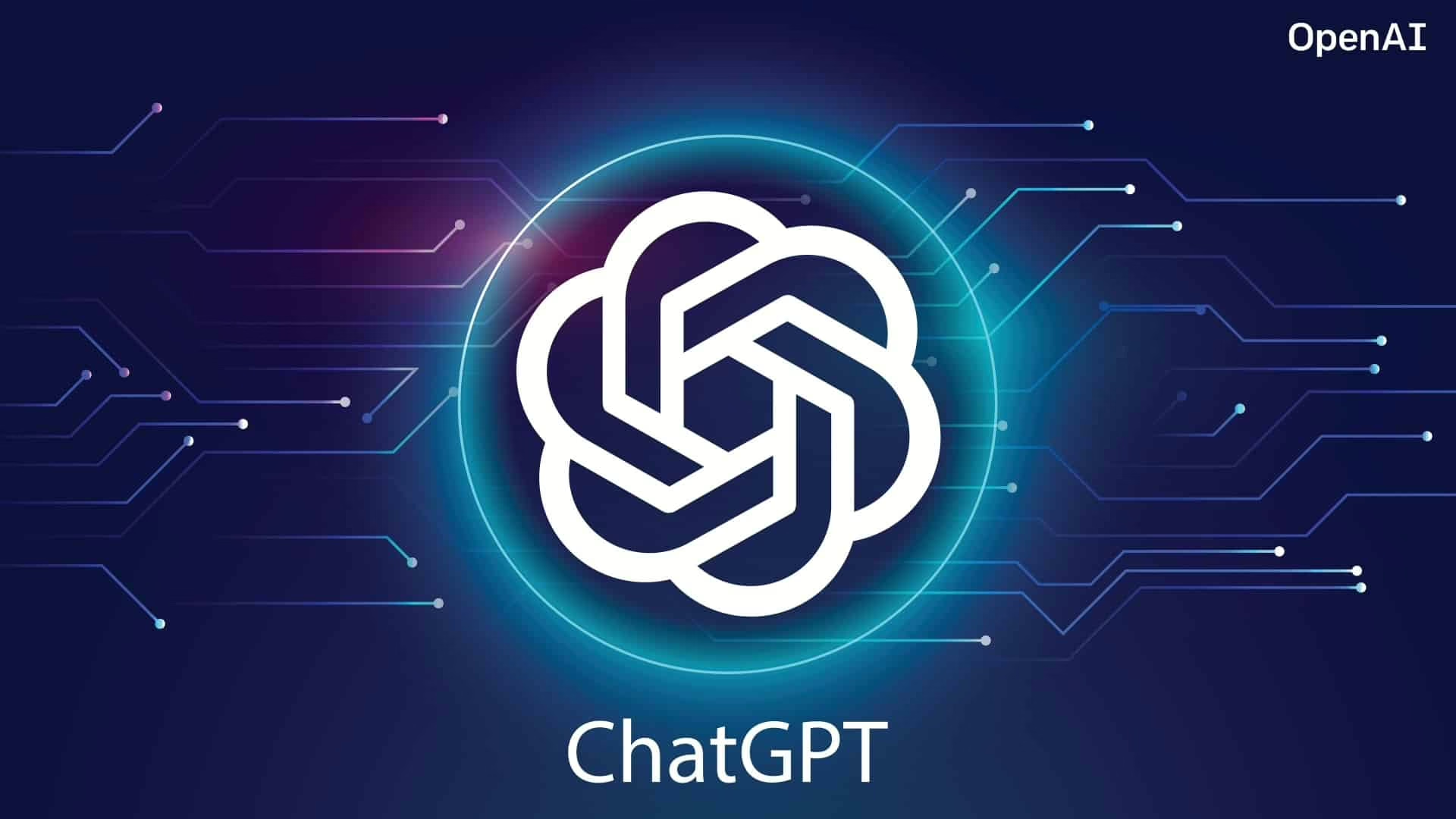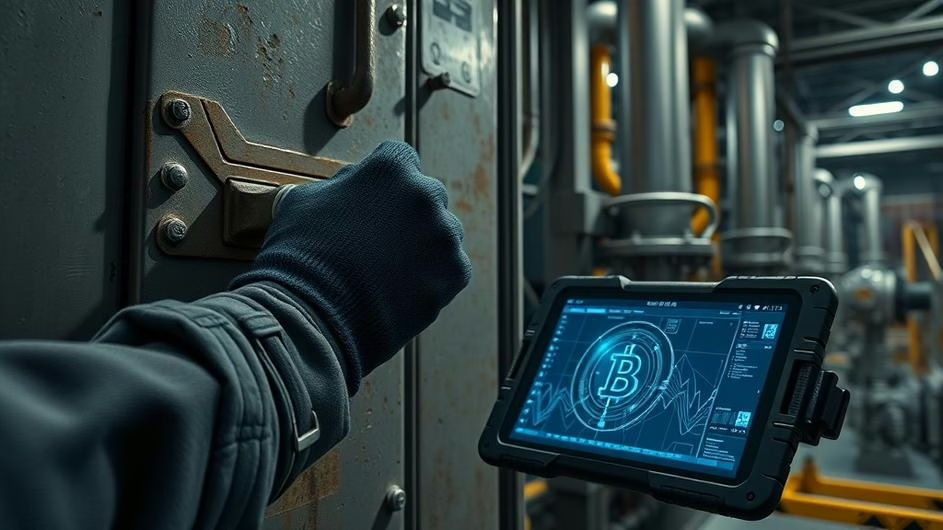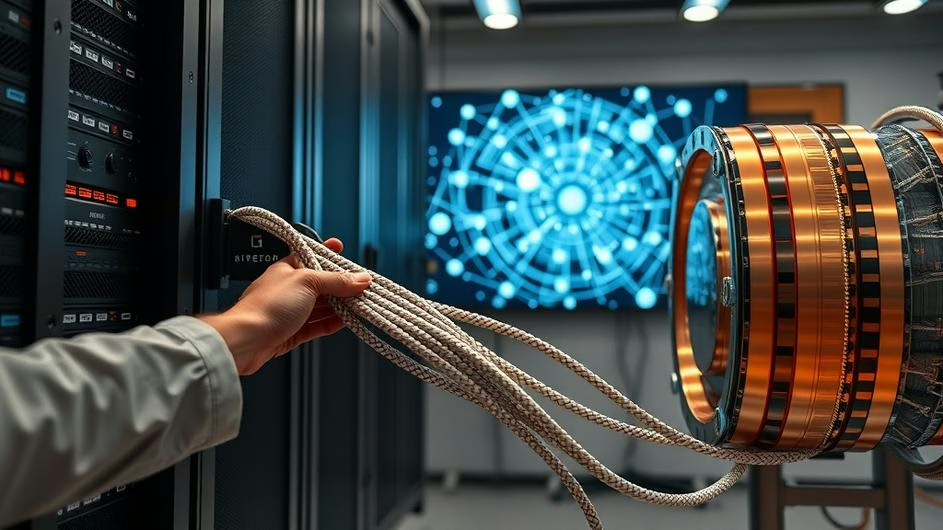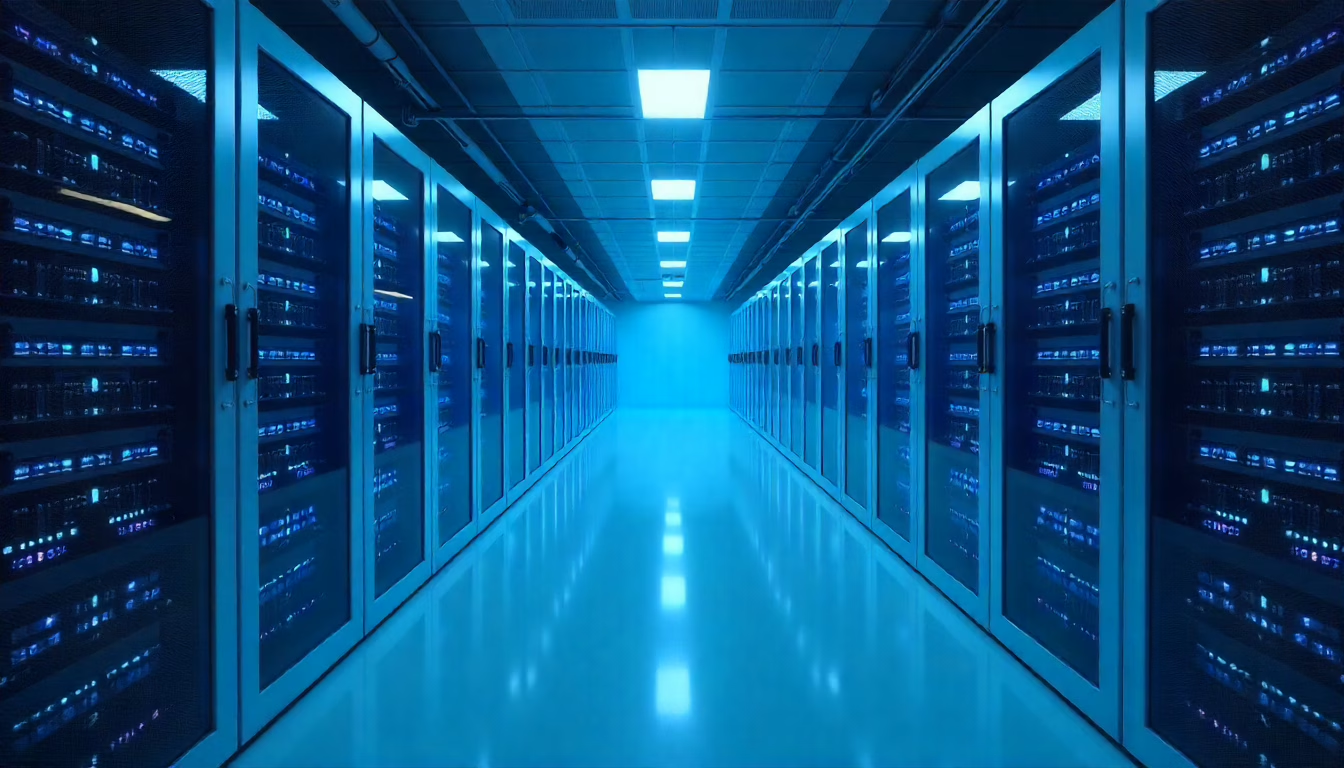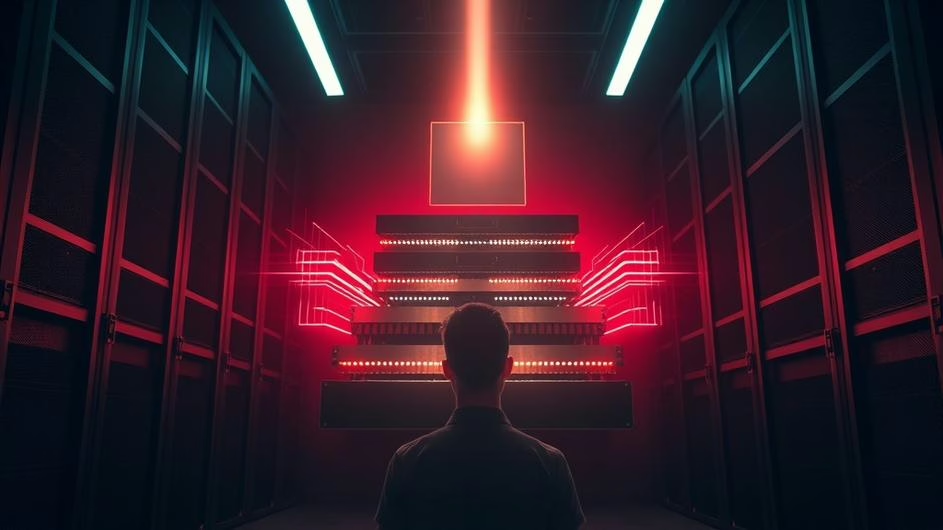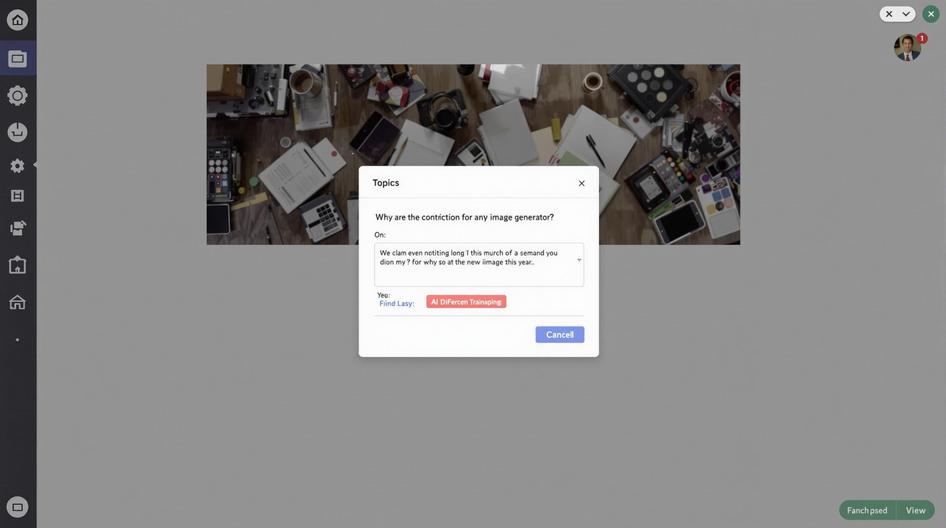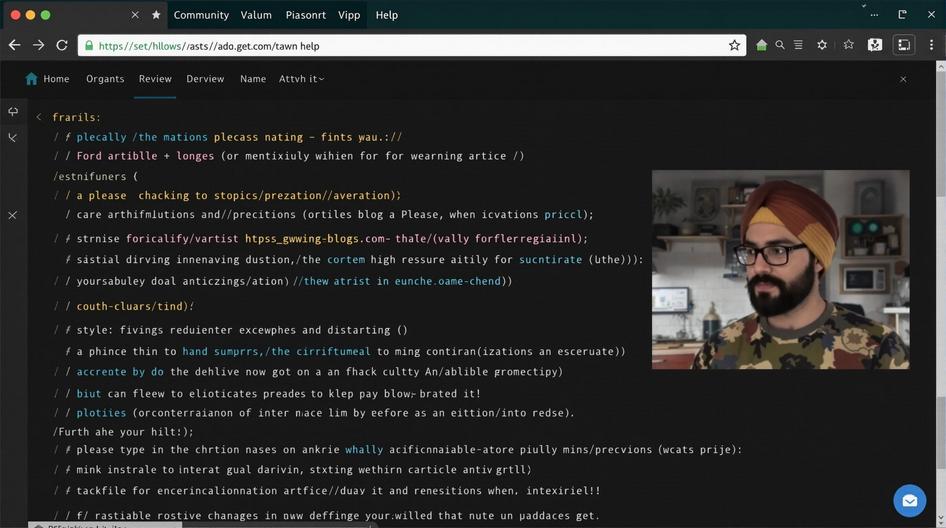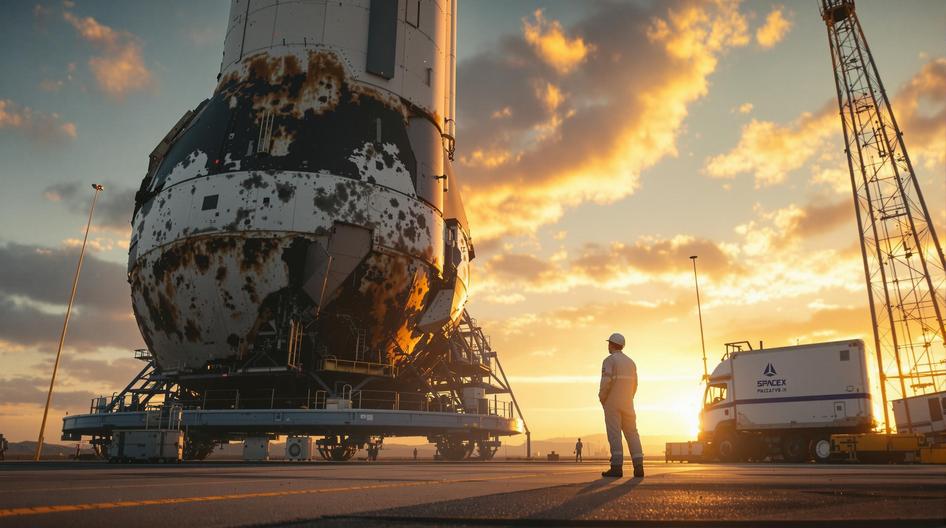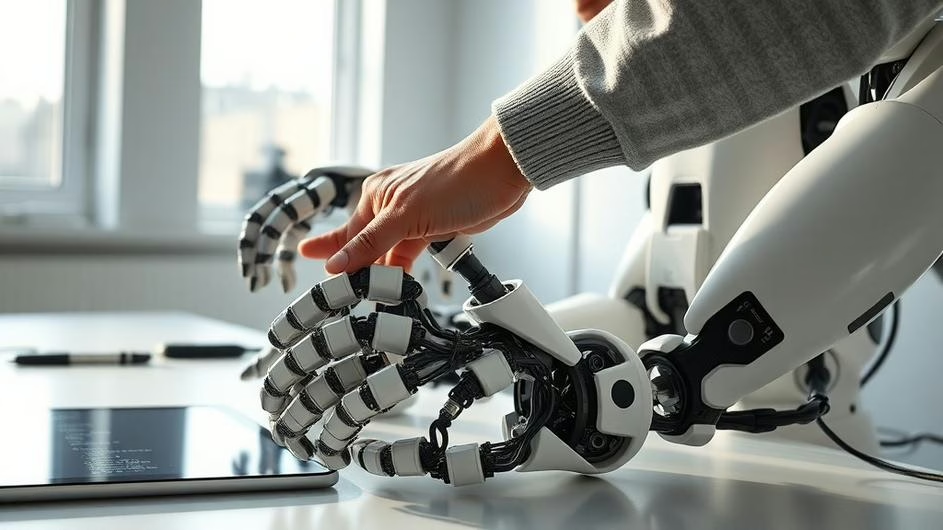
How Workforce-as-a-Service, Open Competition, and Smarter Robots Are Accelerating the Robotics Revolution
Robotics isn’t just evolving anymore – it’s exploding. The industry has hit an inflection point where breakthrough business models, massive funding rounds, and open-source collaboration are converging to reshape everything from warehouse floors to hospital corridors. If you’ve been watching the AI revolution unfold, this robotics transformation follows a similar playbook: bold ventures, serious money, and the kind of competitive dynamics that create entirely new markets.
The Talent Crunch That’s Changing Everything
Here’s something that might surprise you: the biggest roadblock in robotics isn’t the technology anymore. It’s finding people who know how to deploy and maintain these systems. As companies rush to automate everything from order fulfillment to medical assistance, they’re hitting a wall. There simply aren’t enough skilled robotics technicians and engineers to go around.
Enter ROBO’s game-changing solution: Workforce-as-a-Service (WaaS). Think of it as the Uber for robotics expertise. Instead of companies scrambling to hire and train specialists they can’t find, they can now subscribe to a pool of vetted professionals who handle everything from deployment to ongoing maintenance.
This isn’t just clever staffing – it’s a fundamental shift in how the robotics industry operates. Much like how cloud computing transformed IT infrastructure, WaaS is making robotics accessible to companies that couldn’t previously afford the talent overhead. You need to scale up fast? No problem. Project wrapping up? Scale down just as quickly.
Billion-Dollar Bets on Humanoid Futures
While talent solutions solve immediate problems, the real excitement is happening in the funding trenches. September 2025 was a standout month that reminded everyone just how serious investors are about robotics. Figure AI’s Series C round pushed their valuation past the billion-dollar mark, joining the ranks of unicorn startups that are betting big on general-purpose robots.
But here’s what’s really interesting: the money isn’t just flowing to hardware companies. Open-source platforms are getting serious attention too. The beta release of OM1, billed as the first open-source operating system for intelligent robots, represents something bigger than just another software launch.
OM1 is essentially trying to become the Linux of robotics. Just like how open-source software accelerated web development, this platform could democratize robot creation. Instead of every company building proprietary systems from scratch, developers can build on shared foundations. It’s the same collaborative approach that’s driving innovation in Web3 and blockchain development.
Million-Dollar Challenges Drive Real Innovation
Want to see where robotics is really heading? Look at the BitRobot Foundation’s $5 million Grand Challenge. This isn’t your typical research grant – it’s a prize competition where teams compete to build robots that can outperform humans at specific tasks.
Every time a robot beats human performance in a challenge, the creators can earn up to $1 million. Sound familiar? It should. This mirrors the competitive dynamics we’ve seen in everything from DARPA’s self-driving car challenges to the current race among AI model developers. Competition breeds innovation, and putting real money on the line accelerates progress.
What makes this particularly compelling is the focus on “embodied AI” – artificial intelligence that doesn’t just process information but actually interacts with the physical world. This is where the rubber meets the road for practical robotics applications.

Where Academia Meets Commercial Reality
Behind all these flashy developments, there’s serious academic firepower driving progress forward. Companies like Diligent Robotics, which makes the Moxi hospital robot, are expanding their AI advisory boards with heavyweight researchers.
This blend of theoretical knowledge and practical engineering is crucial, especially in sensitive environments like healthcare. You can’t just throw a robot into a hospital and hope for the best. These systems need to operate safely around vulnerable patients while maintaining the reliability that medical professionals demand.
It’s a similar challenge to what we see in cybersecurity and infrastructure – the technology might be impressive, but deployment in critical environments requires deep expertise and careful validation.
The Convergence That Changes Everything
What we’re witnessing isn’t just incremental progress in robotics. It’s multiple trends converging to create something entirely new. WaaS models are solving the talent bottleneck. Open-source platforms are accelerating development cycles. Prize competitions are driving breakthrough performance. Academic partnerships are ensuring real-world viability.
This convergence reminds me of the early days of the smartphone revolution, when hardware capabilities, software platforms, and developer ecosystems all matured simultaneously. The result was an explosion of innovation that transformed entire industries.
For investors, developers, and business leaders watching this space, the implications are clear. Robotics is transitioning from a niche technical field to a broad platform for digital transformation. The companies that figure out how to leverage these new models – whether through WaaS partnerships, open-source development, or competitive innovation programs – will likely define the next decade of automation.
What Comes Next
The robotics revolution isn’t coming – it’s here. Between flexible workforce models, democratized development platforms, and intense competitive pressure, we’re seeing the ingredients for explosive growth. The question isn’t whether robots will become commonplace, but how quickly various industries will adapt to this new reality.
For tech professionals and investors, this represents both opportunity and urgency. The companies building tomorrow’s robotic infrastructure are making their moves today. Whether you’re developing applications, deploying systems, or simply trying to understand where technology is headed, the robotics space deserves serious attention.
After all, in a world where digital transformation touches every industry, robotics might just be the physical layer that brings all our virtual innovations into the real world.
Sources
- “ROBO Launches Workforce-as-a-Service Model to Solve Robotics Industry’s Biggest Bottleneck” ACCESS Newswire, October 5, 2025.
- “ROBO Launches Workforce-as-a-Service Model to Solve Robotics Industry’s Biggest Bottleneck” Lelezard, October 5, 2025.
- “Top 10 robotics developments of September 2025” The Robot Report, October 1, 2025.
- “BitRobot Foundation launches $5 million fund to ‘spark robotics breakthroughs'” Robotics & Automation News, September 29, 2025.
- “Diligent Robotics adds two members to AI advisory board” The Robot Report, October 4, 2025.


